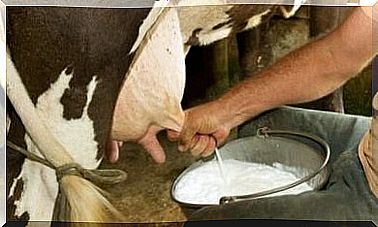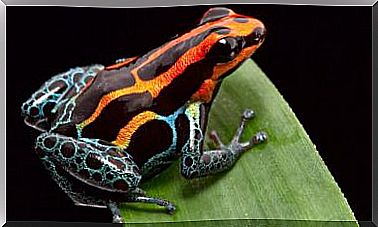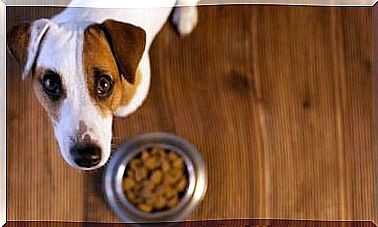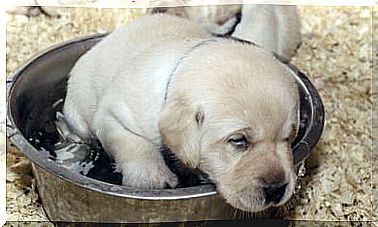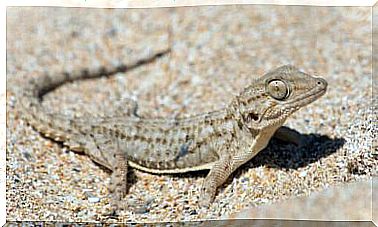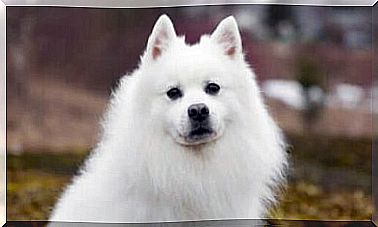Coati: Characteristics, Behavior And Habitat

The coati is a mammal native to Central and South America, with a very particular anatomy. It belongs to the Procyonidae family and is a cousin of the raccoon. The Spanish conquistadors mistook it for a badger the first time they saw one.
There are only two species of coati : white-nosed coati and ring-tailed coati. They both share a lot of their habitat , and in this article we will help you get to know them better.
Characteristics of coati
The coati is a raccoon-like animal, but brown in color, with an elongated snout and a stylized banded tail, similar to that of a lemur. It is often confused with these primates. It has powerful claws and double articulated ankles, which allow it to walk on all fours on vertical surfaces without any problem, as well as guaranteeing it can descend from trees, upside down.
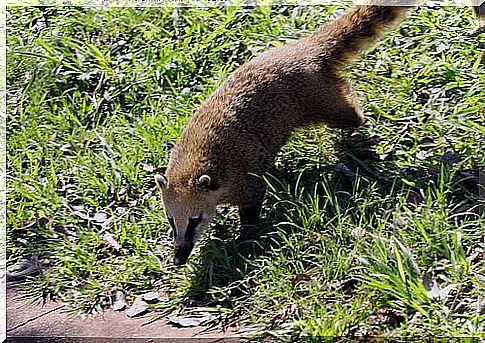
This procyonid of the genus Nasua, can reach 1.4 meters in length, even if they are mammals a few centimeters tall. As for the hue of the fur, it can range from light brown to dark black, or even from red to white. On the other hand, coatis move easily on trees thanks to their powerful ankles, but on the ground they can walk as plantigrades.
As far as their diet is concerned, they are omnivorous animals and practically eat everything. It is a skill that has allowed him to dominate the jungle and urban ecosystems. An adult specimen likes fruit and insects, but can also eat eggs and small birds.
Behavior of the coati
It is a very sociable species and lives in herds of about 25 individuals. Most of the group is composed of females, while the males live apart and return only to reproduce. After the normal period of heat, the female has a gestation of over two months before giving birth to 2 to 6 cubs. She will be in charge of raising the little ones. One of the unique features of this animal is that mothers build nests in trees. Something very unusual, being mammals.
Normally, some specimens take care of checking the territory to find any predators such as the jaguar. The moment they spot danger, they warn the rest of the group. They are animals that are mainly guided by the sense of smell, very developed, as can be understood from their elongated snouts.

The habitat of the coati
Coatis live on the American continent. You can see them from Argentina to Uruguay to Mexico and the southern United States. They live in wooded areas and tropical forests, although there are some populations in more desert areas, such as Arizona.
Unfortunately, in some countries they have become an invasive species. In some countries, where owning a raccoon is considered illegal, coatis have become fashionable today. Bad news for this animal that is badly adapted to domestic life, being used to living surrounded by its own kind. The fact, then, to have sharp teeth and powerful claws often leads to unpleasant accidents.
The coati, in fact, can transmit anger to man. As with the red fox, a healthy carrier of the disease, it can trigger the zoonosis of one of the most dangerous infectious diseases in the world. Currently, this emergency is kept fairly under control, but introducing such invasive species in territories such as Italy could represent a serious problem.
In addition, the coati feeds on the eggs of endangered birds. Usually, institutions tend to sacrifice these mammals, since there are no suitable shelters to house them. More responsibility is needed in adopting living beings that should be left free to live in their own habitat and not forced to become pets.



